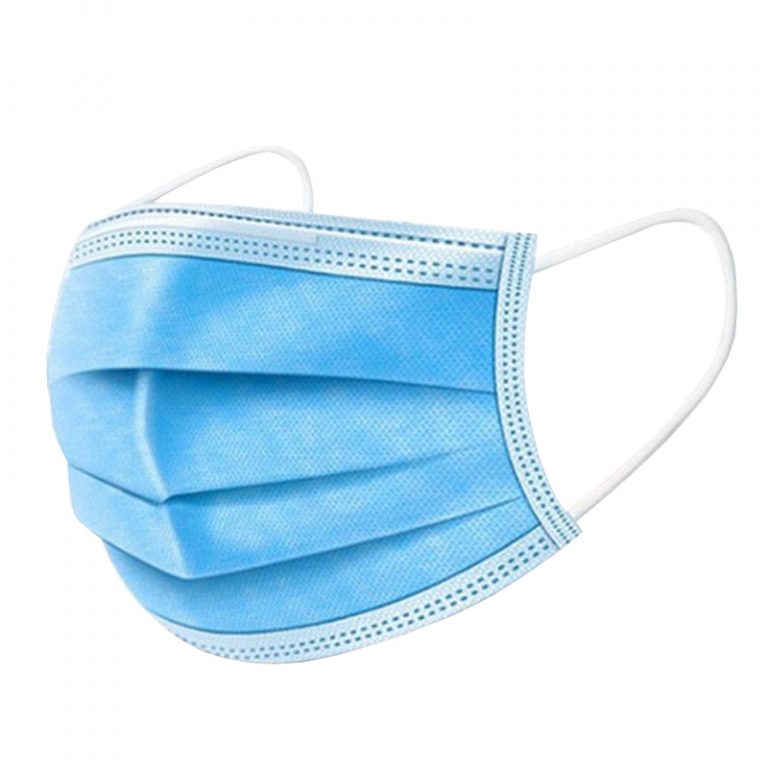Masks: How to get FDA approved?
- Normal Liver Cells Found to Promote Cancer Metastasis to the Liver
- Nearly 80% Complete Remission: Breakthrough in ADC Anti-Tumor Treatment
- Vaccination Against Common Diseases May Prevent Dementia!
- New Alzheimer’s Disease (AD) Diagnosis and Staging Criteria
- Breakthrough in Alzheimer’s Disease: New Nasal Spray Halts Cognitive Decline by Targeting Toxic Protein
- Can the Tap Water at the Paris Olympics be Drunk Directly?
Masks: How to get FDA approved?
Masks: How to get FDA approved? If a company plans to supply mask in North and South America, it’s better to get related professional certificates or FDA approval first.

Class 1 Medical Device Mask FDA Process
Masks belong to the second category of medical equipment. Medical masks are divided into the following three categories: general medical masks (disposable medical masks), medical surgical masks and medical protective masks. Their protective capabilities vary from low to high, and the difficulty of production is also different.
The production of masks in China requires medical device product registration certificates and production licenses before they can be produced and sold in China.
Masks, isolation gowns, protective clothing, surgical gowns, etc./protective equipment exports to the United States require FDA registration, and some require FDA 510K declaration.
Class 1 medical device FDA handling process
- 1) Provide product information, determine product category and determine application path;
- 2) Fill in the Vectra FDA application form;
- 3) Sign the contract and pay the agency fee, and the US agency service is signed and effective;
- 4) Pay USD to the US FDA;
- 5) The agency company submits the registration application materials to the US FDA for approval (corporate registration and product listing);
- 6) The registration approval is completed and the approval number is obtained;
Project ends (medical device FDA renews the registration for the next year at the end of each calendar year).
Note: If it is a product classified into the second category in the United States (such as surgical masks), you need to apply for 510K first, and then perform the second step and subsequent operations.
Class II medical device registration process:
- Guide the preparation of FDA510 (k) documents
- Help to apply for 510(k) review fee, the factory pays FDA review fee
- Submit 510(k) documents to FDA
- FDA conducts RTA (acceptance) review
- FDA conducts document review
1. The role of FDA-certified masks
The mask is a loose disposable device that forms a physical barrier between the wearer’s mouth and nose and generates potential contaminants in the direct environment. Do not share the mask. You can mark the mask as surgical, isolation, dental or medical Procedure mask. They may wear masks or not.
Masks have different thicknesses and different capabilities to prevent you from contacting liquids. If worn properly, the mask can help block large droplets, splashes, sprays or splashes that may contain bacteria (viruses and bacteria), preventing them from entering the mouth and nose. Masks can also help reduce the exposure of saliva and respiratory secretions to others. As a protective mask for humans, masks need to be certified by the US FDA.
2. FDA registration of surgical masks
- May include masks labeled as surgical, laser, isolation, dental or medical procedure masks.
- It can help prevent exposure to microorganisms, body fluids and large particles in the air.
- Designed to cover the mouth and nose loosely, but the size is not suitable for personal wear.
- May help prevent the patient from contacting the wearer’s saliva and respiratory secretions.
- With specific instructions, warnings and restrictions for use in a healthcare environment
- Is NIOSH certified
3. FDA certification for dust masks
It is an indispensable protective equipment for workers engaged in and exposed to dust. It is mainly used in working environments containing low concentrations of harmful gases and vapors and working environments that generate dust. The filter box contains only adsorbents or adsorbents, and some The cartridge is also equipped with a filter layer to prevent aerosols at the same time.
Some military anti-virus masks are mainly made of activated carbon cloth, or use water and oil resistant fabric as the outer layer, glass fiber filter material as the inner layer, and activated carbon-impregnated polyurethane foam as the bottom layer, which can provide temporary protection in the event of a sudden attack by poisonous gas. Protection.
4. The FDA certification of mask needs attention
- May include masks marked as surgical, laser, isolation, dental or medical procedure masks
- Can help prevent exposure to microorganisms, body fluids and large particles in the air
- Designed to loosely cover the mouth and nose, but the size is not suitable for personal wear, which may help prevent the patient from contacting the wearer’s saliva and respiratory secretions. · Not approved by NIOSH (National Institute of Occupational Safety and Health).
(source:internet, reference only)
Disclaimer of medicaltrend.org



